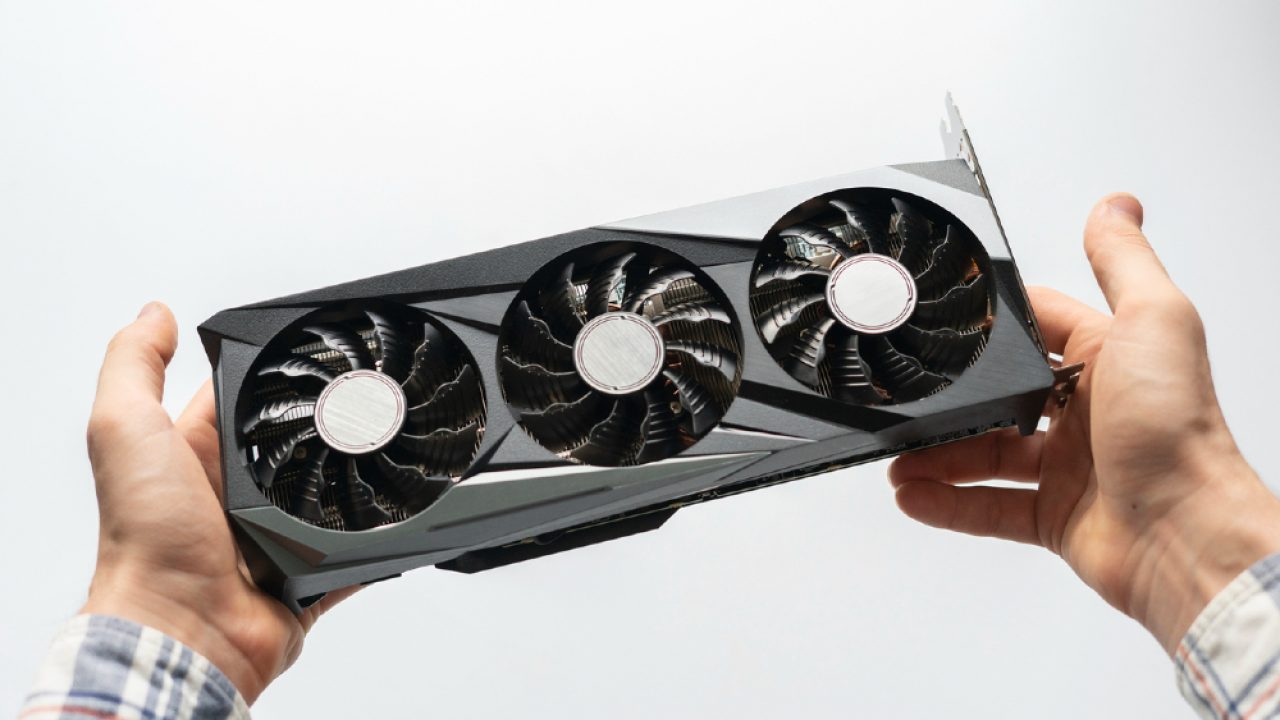
TechJunkie Expert Recommendations
TechJunkie is supported by our readers. When you make a purchase through our links, we may earn a commission. Read More.

We may earn a commission if you make a purchase through one of our links. The newsroom or editorial staff was not involved in the creation of this content.
Building a desktop PC is no easy task. From choosing the best motherboard to picking out the perfect power supply, there’s a ton of thought that goes into it. Even if you’re done deciding on the rest of your PC build, picking out the perfect gaming graphics card is always a daunting task. Graphics cards are available in a plethora of specifications. Each GPU is available with a different fan size, wattage, and VRAM figure, which isn’t easy to interpret if you’re just getting into gaming or building PCs. But with our picks of the highest-performing gaming graphics cards of 2023, you’ll easily be able to choose the optimal card for your build, providing you with the highest frames per second (FPS) in any game you play!
The first option on our list is the GeForce GTX 1050 Ti from MSI. With a video memory of 4GB GDDR5, this gaming graphics card will give you sufficient FPS in most games you play. It also has a maximum resolution of 7680 x 4320 which enables 4K video quality, giving you an immersive and sublime experience.
This graphics card also features two fans, which ensures that it will operate at optimal temperatures, given your PC has decent ventilation. This pick also only sucks up 75W of power, meaning low electricity bills even if your PC is on 24/7. Considering the benchmark results and smooth performance, this gaming graphics card ranks as the best overall on our list.
If you’re building a smaller yet still powerful PC, look no further for a GPU than the Zotac Gaming GeForce GTX 1650 OC. It’s boost clocked to 1620 MHz, allowing the gaming graphics card to run most games smoothly with maximum FPS. Combined with a VRAM of 4GB and the latest GDDR6 memory, it’s safe to say that you won’t be having any performance problems now or in the near future.
The graphics card is also super compact, only 5.94 inches in length, so it can fit in almost any PC case. But having a compact size means that this GPU only has a 90mm fan which may not be the ideal option. This is balanced out, though, with a sunflower heatsink which helps to maintain its temperature even in the most humid environments.
The ASUS GeForce GTX 1050 Ti is another optimal choice for gamers who don’t have the big bucks to get a high-end GPU. This gaming graphics card features a VRAM of 4GB with GDDR5 memory, allowing quality animations and gameplay without any stuttering or frame drops. Its auto extreme technology allows processes to be executed at a much faster rate than other graphics cards in this price range.
This option also comes with a dual-ball bearing fan which helps to reduce friction while operating, ensuring a longer life span. It’s also simply plug-and-play which means that you won’t need additional power supplies to connect the card with your system. This also contributes to lower electrical consumption, keeping your electricity bill under control.
Next on our list is the AMD Radeon RX 6700XT from XFX which is everything a gamer needs to run all next-gen video games on their system. With an impressive 12GB VRAM and GDDR6 memory, this gaming graphics card is able to run simulations, render videos, and play all the latest video games on the highest graphics settings.
This is supported with the help of the three fans situated inside the card, providing an extensive airflow system and keeping the GPU cooled at optimal temperatures. While the extra fans do increase the gaming graphics card’s size, it still manages to provide an immersive gaming experience with realistic-looking features without any micro stuttering.
Last on our list is the Red Devil AMD Radeon RX 6700 XT which is another impressive gaming graphics card capable of managing a considerable workload with outstanding results. This GPU has a whopping 12GB of VRAM with GDDR6 memory, making it perfect for people who run a number of simulations or video editing software alongside their gaming hobby.
This gaming graphics card also hosts three fans, including two 100mm and one 90mm, which ensure your card has the optimal airflow. Further maintaining its temperature, this option also has maximized thermal padding, making cooling more effective and ensuring stable performance even during long gaming sessions.
Although 4GB of GDDR6 will give you more processing speed, if you want to load textures that require 8GB of VRAM, then 8GB GDDR5 is the better option.
No, that is usually the case with CPUs. If your current PC can support a gaming graphics card with GDDR5 memory, it can support one with GDDR6 as well.
Temperatures of 149-185°F are normal and ideal for a graphics card, although there are some GPUs that may go up as much as 230°F. In short, it depends on what type of GPU you are using.
If you don’t see an app that should be here, let us know what it is